Will legal cases and court rooms be at risk because of AI generated fake evidence?
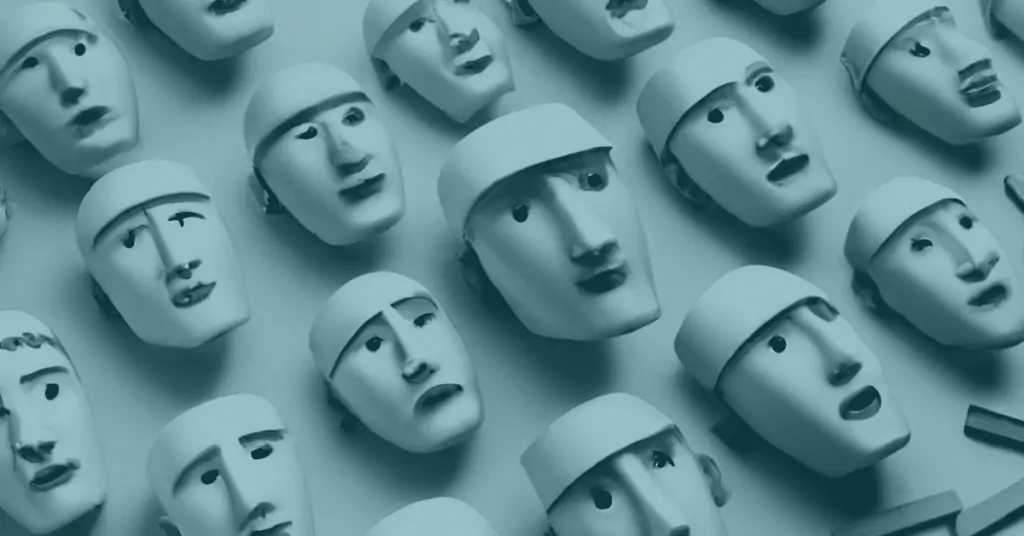
As AI technology advances, the ability to create convincing fake evidence—such as deepfake videos, forged voicemails, or manipulated images and other—poses a serious risk to criminal justice systems. These tools can be used to fabricate confessions, alter witness testimonies, or create false alibis, making it increasingly difficult to distinguish real from fake evidence. As detection methods struggle to keep pace with the technology, the legal system may face significant challenges in maintaining the integrity of trials, leading to wrongful convictions or the escape of guilty individuals. The need for advanced verification tools and updated legal frameworks has never been more urgent.
FBI releases an important public announcement you should know
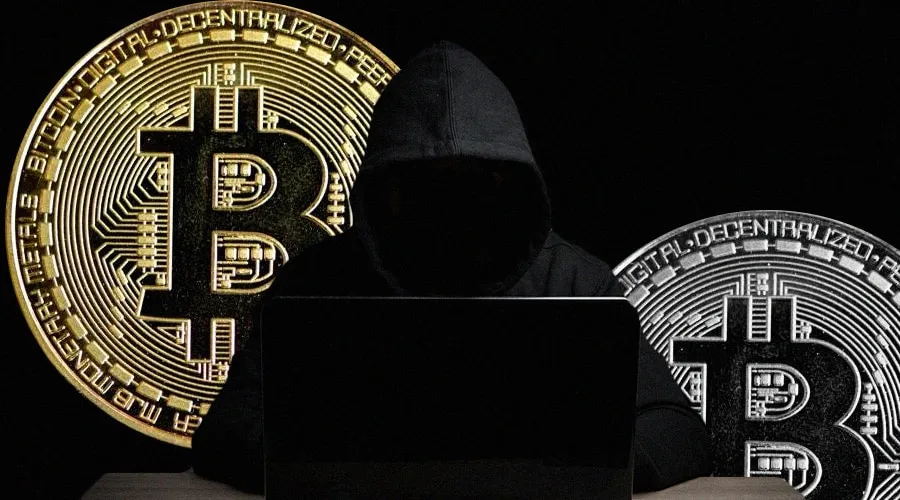
The Democratic People’s Republic of Korea (“DPRK” aka North Korea) is conducting highly tailored, difficult-to-detect social engineering campaigns against employees of decentralized finance (“DeFi”), cryptocurrency, and similar businesses to deploy malware and steal company cryptocurrency.
Warning of Cryptocurrency Token Impersonation Scam

Warning to the braider audience about criminals creating cryptocurrency tokens that impersonate well-known tokens, such as Tether (USDT) and other stablecoins
Notorious CallCenter Gang arrested. Succesful Operation „Pandora“
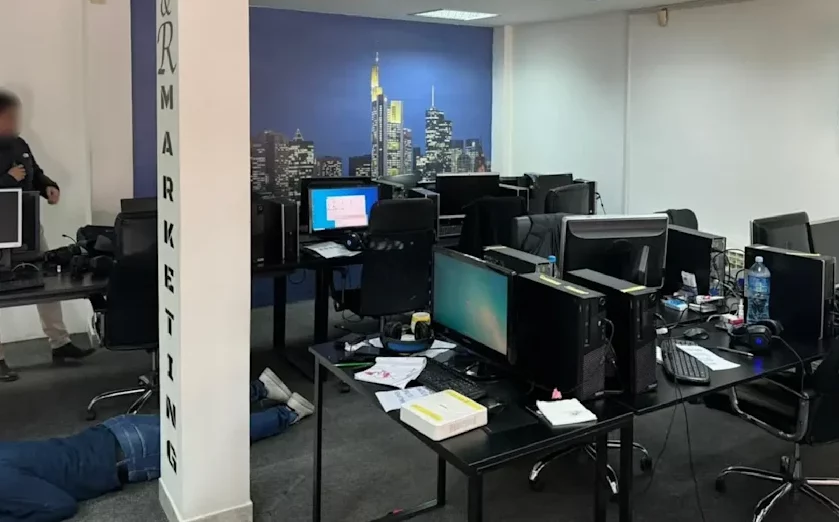
A Europe-wide network of telephone fraudsters has been dismantled who have caused an (estimated) loss of 10 million euros in around 6000 cases.
Crypto firms were amongst the greatest money laundering risk, according to a U.K. government report.
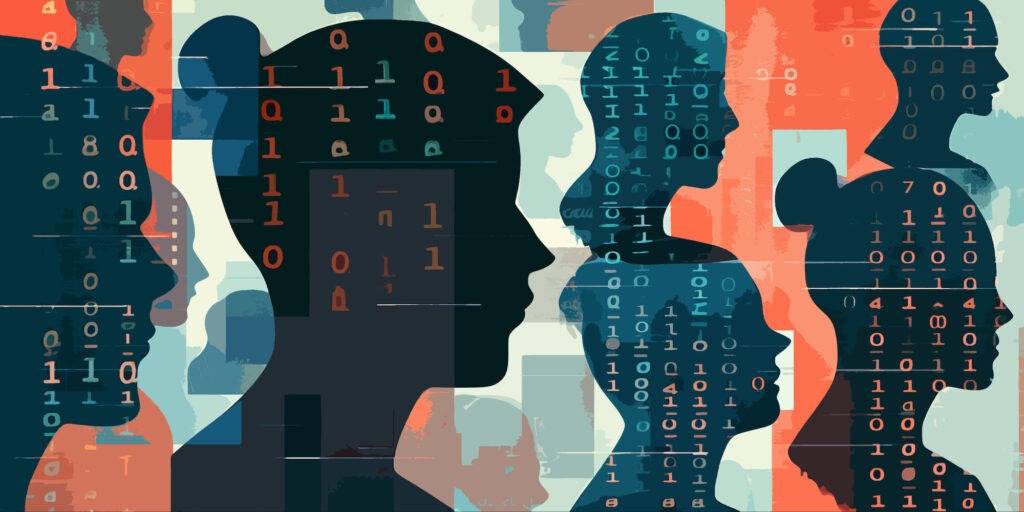
Crypto firms, alongside retail banking, wholesale banking and wealth management, posed the greatest risk of being exploited for money laundering between 2022 and 2023, a report by the government’s financial arm said on Wednesday.
‘Operation Tropicana’: The Takedown of a Billion Dollar Boiler Room Gang

The success story of brining down a massive Asian boiler room operation without the involvement of a single police officer
Two Scammers Sentenced for Defrauding Hundreds of Victims Online
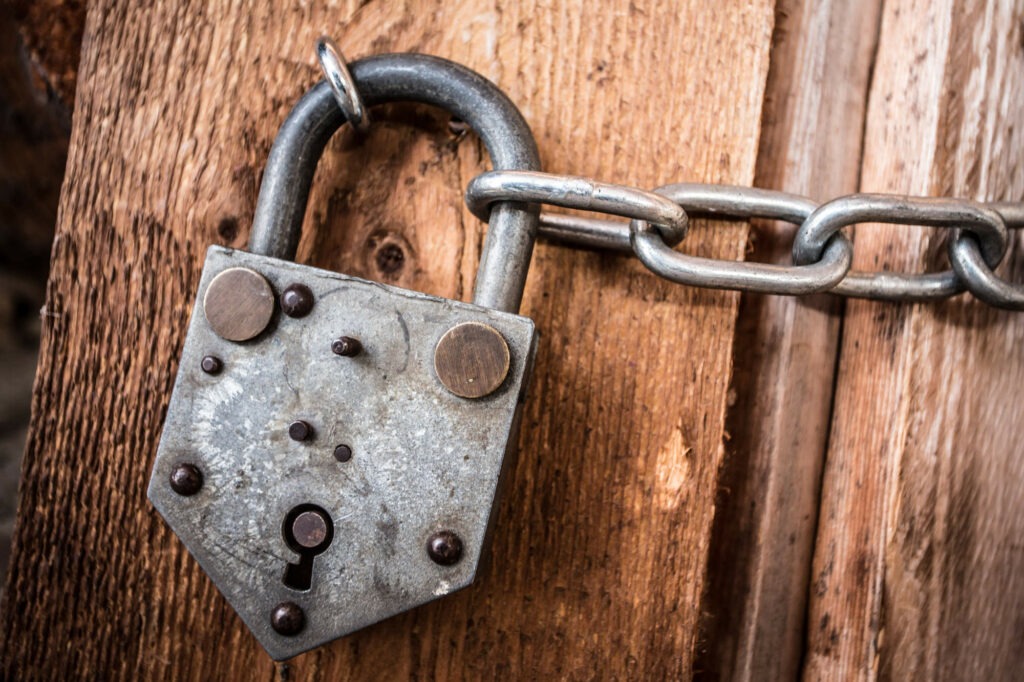
Nigerian scammers have been sentenced to six months in prison for using various online scams to steal more than $1.3 million from approximately 125 victims.
7 tips for cybersecurity at home or home office work

7 tips for proactively limiting or even blocking cyber threats at home to protect your home office work, your private internet activities and your children
FBI DISRUPTS VIRTUAL CURRENCY EXCHANGES

Visitors to the sites of the illegal exchangers will now find a seizure banner that notifies them that the domain name has been seized by federal authorities.
How to compile a Suspicious Activity Report (SAR)
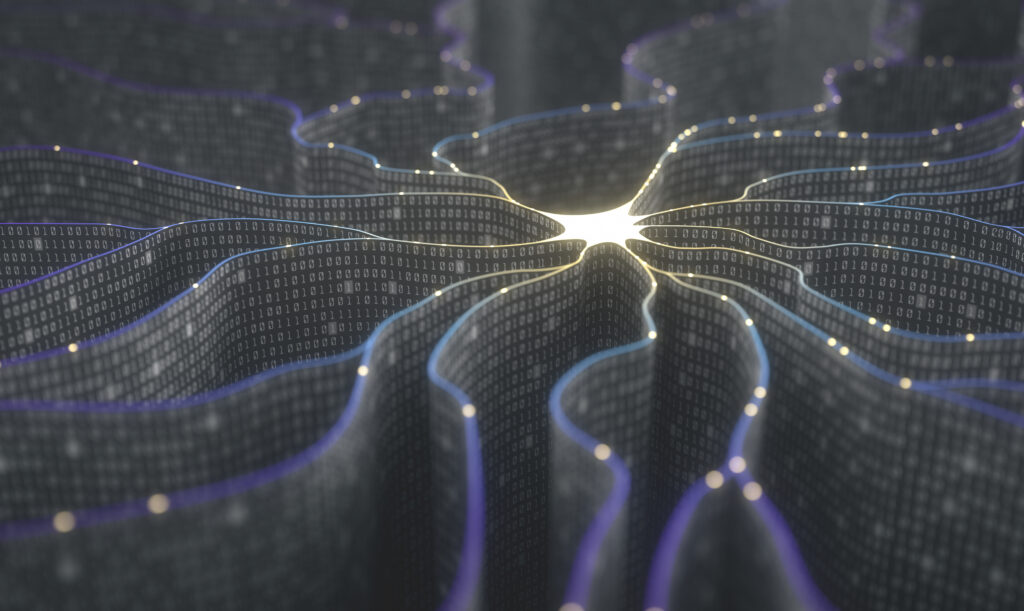
The way SARs are handled are often riddled with basic errors. Elements such as narrative, keywords, objective, and timing of submission can make a real difference in the quality of the reports. So how to compile an effective and correct SAR?


